Marie Curie: Science in Motion reading Exercise
Explore Marie Skłodowska Curie’s path from Warsaw classrooms to Parisian laboratories, her pioneering research on radioactivity, and the legacy she built in medicine and science education.
Exercise Guide
How to complete:
Read each passage carefully. Highlight dates, discoveries, and partnerships that shaped Curie’s career. After the reading, answer the questions—some will check factual understanding, while others ask you to interpret vocabulary, tone, or the broader impact of her work.
Success tips:
These passages combine biography with the history of science. Pay attention to how Curie links careful experimentation, collaboration, and public service.
- Mark scientific terminology and use surrounding sentences to infer meaning.
- Track how Curie’s goals evolve—from pursuing education to applying discoveries.
- Notice references to institutions (Sorbonne, Radium Institute) and what they contributed.
- Compare the challenges she faces in different countries and eras.
- Summarize each passage to connect individual achievements with scientific progress.
Knowledge:
This biography reinforces understanding of early nuclear science, women’s access to higher education, and the intersection of research with public health. Key ideas include radioactivity, laboratory practice, medical imaging, and international scientific cooperation.
Complete the Exercise
Reading Passage 1
Maria Skłodowska was born in 1867 in partitioned Warsaw, where Russian authorities restricted Polish-language schools. Her parents, both educators, filled their home with textbooks and clandestine lessons. Because the Imperial University of Warsaw barred women, Maria joined the Flying University, an underground network that offered advanced courses in mathematics, physics, and literature.
Determined to study abroad, she worked as a governess to fund travel while exchanging scientific letters with her sister Bronisława in Paris. In 1891 she moved to France, enrolled at the Sorbonne under the French form “Marie,” and earned degrees in physics and mathematics in just two years. Laboratory work under Gabriel Lippmann and Henri Becquerel sharpened her experimental skills and introduced her to discussions about mysterious “uranium rays.”
After meeting engineer Pierre Curie in 1894, Marie joined his research on piezoelectric crystals, and the pair married the following year. Searching for a doctoral thesis topic, she investigated the intense radiation emitted by uranium and a mineral called pitchblende. By 1898 the Curies announced the discovery of two new elements—polonium and radium—and coined the term “radioactivity” to describe the phenomena they were measuring.
Why did Marie Skłodowska initially attend the Flying University in Warsaw?
Which detail shows how Marie financed her eventual move to Paris?
How did Marie’s partnership with Pierre Curie influence her research path?
Which word from the passage most closely means “unknown or not officially recognized”?
What was the scientific significance of the discoveries announced in 1898?
Reading Passage 2
Between 1898 and 1902 the Curies processed tons of pitchblende in improvised sheds at the École de Physique et Chimie Industrielles in Paris. They stirred massive cast-iron cauldrons, concentrating residues until a few centigrams of radium chloride crystallized. In 1903 the Nobel Committee awarded Marie and Pierre Curie, along with Henri Becquerel, the Nobel Prize in Physics for their research on spontaneous radiation.
Despite global acclaim, Marie faced institutional barriers. The French Academy of Sciences rejected her membership in 1911, the same year she received the Nobel Prize in Chemistry for isolating pure radium. Newspapers scrutinized her personal life after Pierre’s death in 1906, yet she persisted, directing the Curie Laboratory and teaching at the Sorbonne, becoming the university’s first female professor.
During World War I she recognized that x-ray imaging could save soldiers’ limbs and lives. Curie designed mobile radiography units nicknamed “petites Curies,” trained volunteer operators—including her daughter Irène—and traveled to the front to calibrate machines. By 1918 over a million wounded soldiers had been examined using the equipment she pioneered.
How did the Curies obtain measurable quantities of radium in their early experiments?
Which honors illustrate the global recognition of Marie Curie’s work by 1911?
How did Curie contribute to wartime medicine during World War I?
Which obstacle did Marie face even after winning international awards?
Which phrase best captures the tone of Curie’s wartime efforts?
Reading Passage 3
After the war Curie continued raising funds to build the Radium Institute in Paris, inaugurated in 1914 but expanded throughout the 1920s. The institute housed research labs and a medical clinic where radium therapy was tested against tumors. Curie also traveled to the United States twice—in 1921 and 1929—to accept donations of radium collected by American women’s groups and to advocate for international cooperation in science.
She remained committed to training the next generation. Curie supervised doctoral students from Europe, Asia, and the Americas, including future Nobel laureates Irène Joliot-Curie and Frédéric Joliot. She urged governments to create scholarships for women in physics and chemistry, arguing that scientific talent should not be constrained by gender or nationality.
Years of handling radioactive substances without adequate shielding took a toll on Curie’s health. She died in 1934 of aplastic anemia, a condition linked to prolonged radiation exposure. Her notebooks remain so radioactive that they are stored in lead boxes, yet her legacy endures in cancer treatments, research institutes, and the continued presence of women in laboratories she once could only enter as a guest.
What was the primary mission of the Radium Institute Curie helped establish?
Why did Marie Curie travel to the United States in the 1920s?
How did Curie support emerging scientists during her later years?
What does the continued radioactivity of Curie’s notebooks symbolize in the passage?
Which statement best summarizes Marie Curie’s legacy as described in the passage?
Share this exercise
Help others learn reading by sharing this exercise
Related Exercises
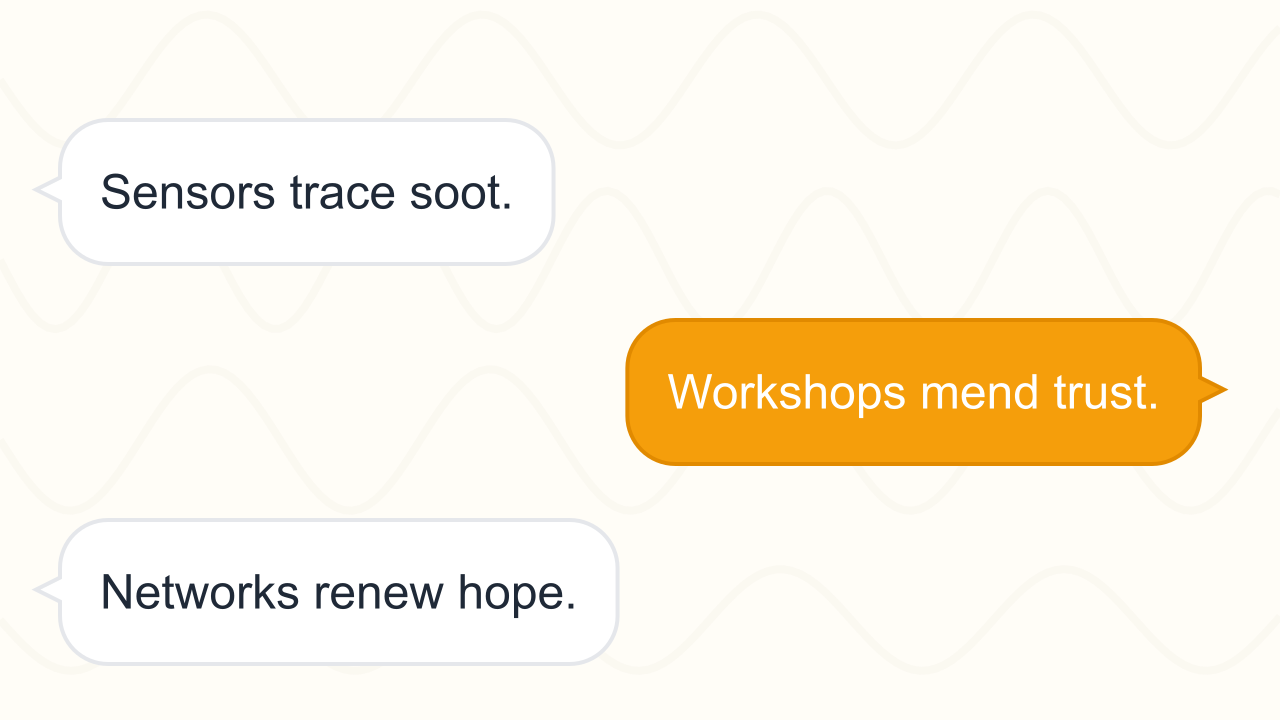
Designing Regenerative Networks for Future Neighborhoods
Trace how innovators, residents, and policymakers build interconnected solutions that cut pollution, expand recycling, and redesign everyday systems across six detailed case studies.
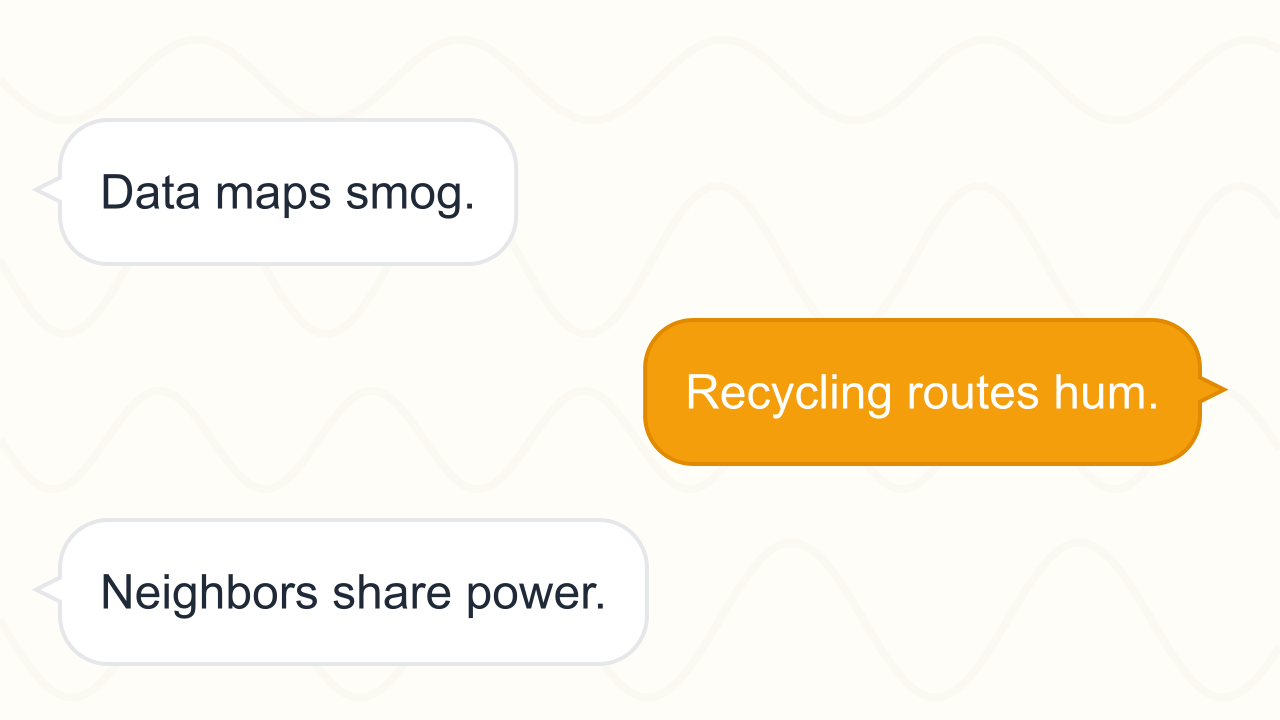
Clean Cycles for Tomorrow
Discover how neighborhoods reinvent waste systems, deploy new materials, and empower residents to shrink pollution footprints while expanding recycling access.
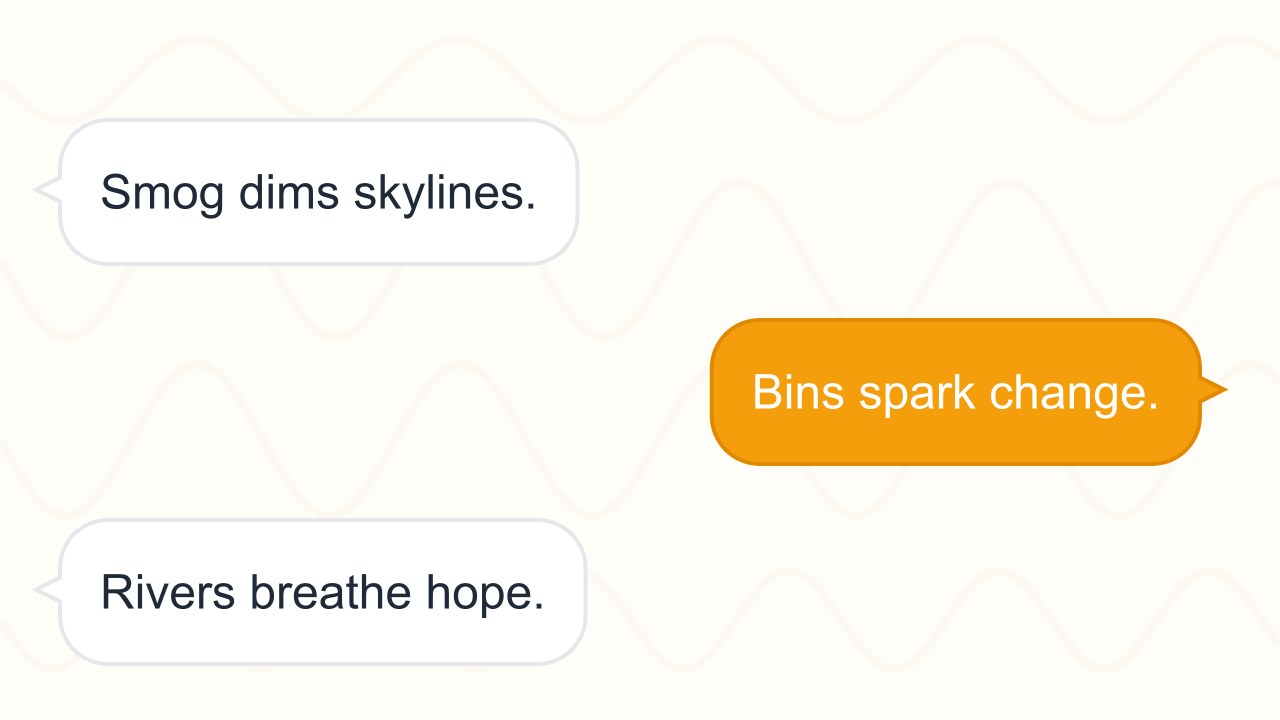
Pollution and Recycling: Restoring Our Cities
Explore how air, water, and waste pollution affect urban life, and examine the recycling innovations and community actions working to clean cities around the world.
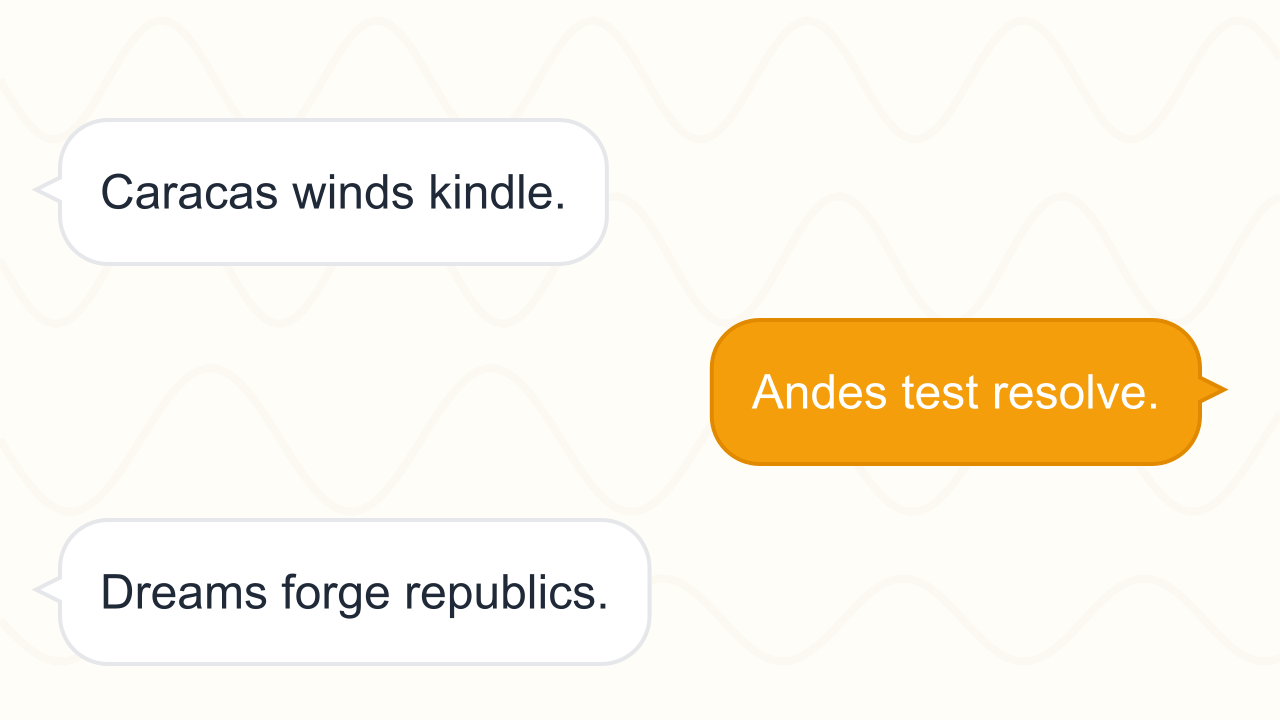
Simón Bolívar: Liberator of the Andes
Journey with Simón Bolívar from his Caracas youth through daring Andean campaigns and the struggle to define lasting republics across northern South America.
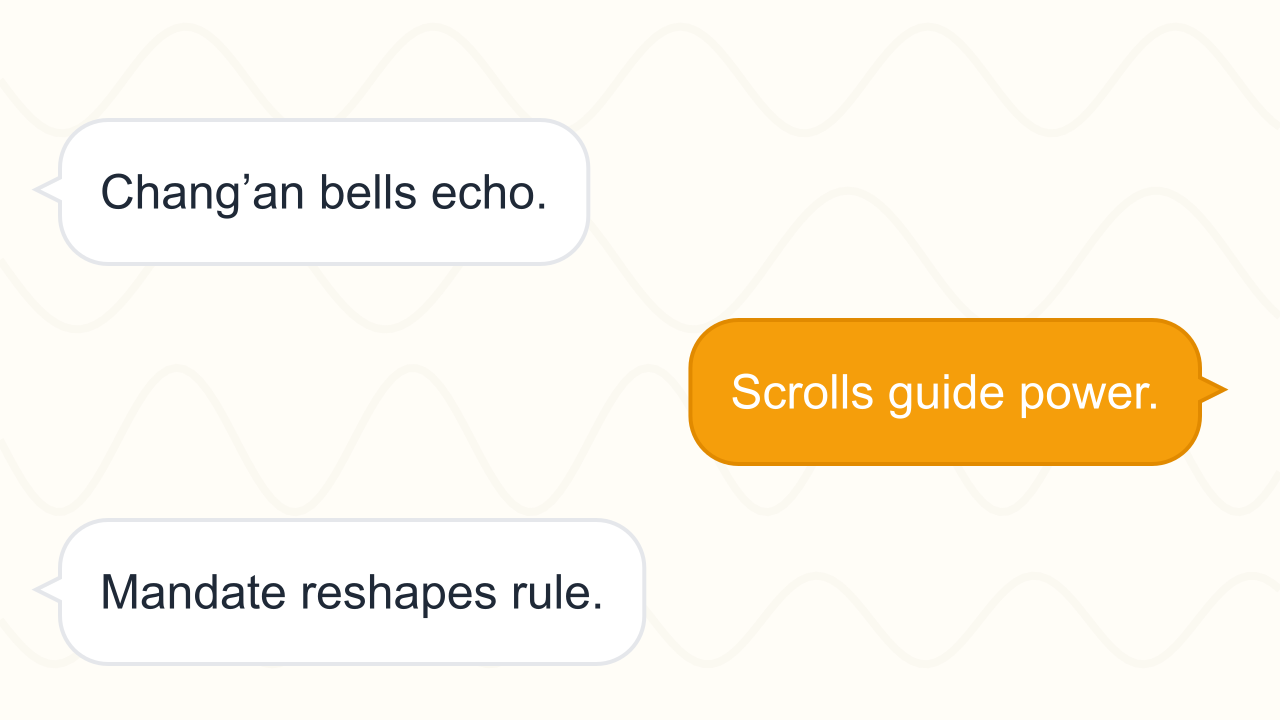
Wu Zetian: Mandate of the Tang
Follow Wu Zetian’s ascent from a palace attendant to emperor of the Zhou dynasty, examining how she wielded scholarship, alliances, and reform to shape eighth-century China.